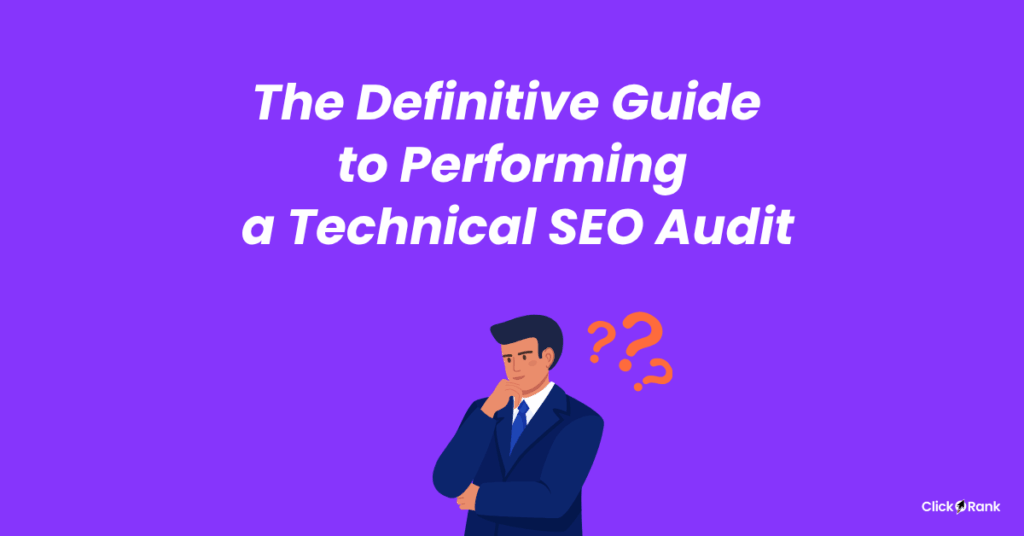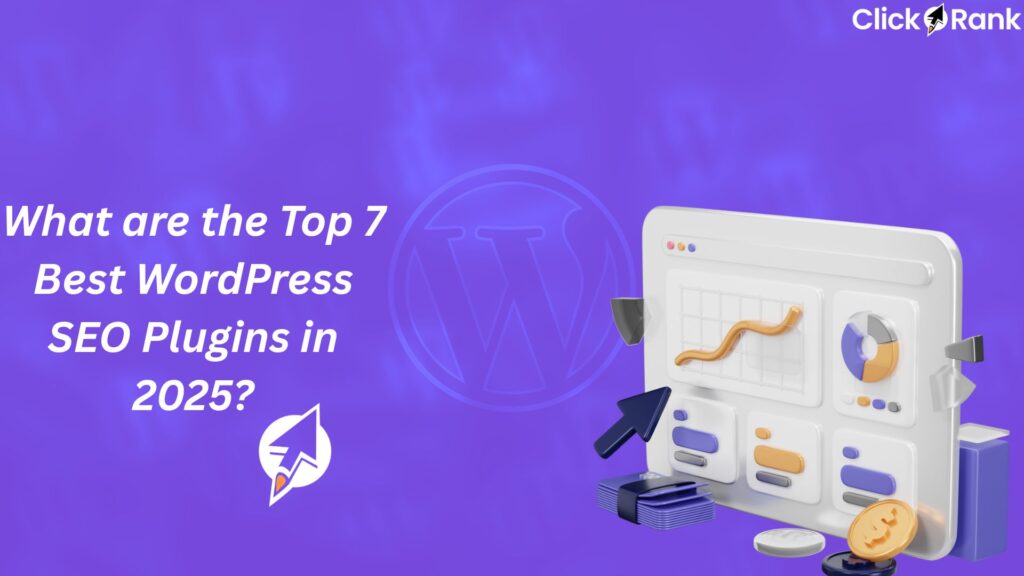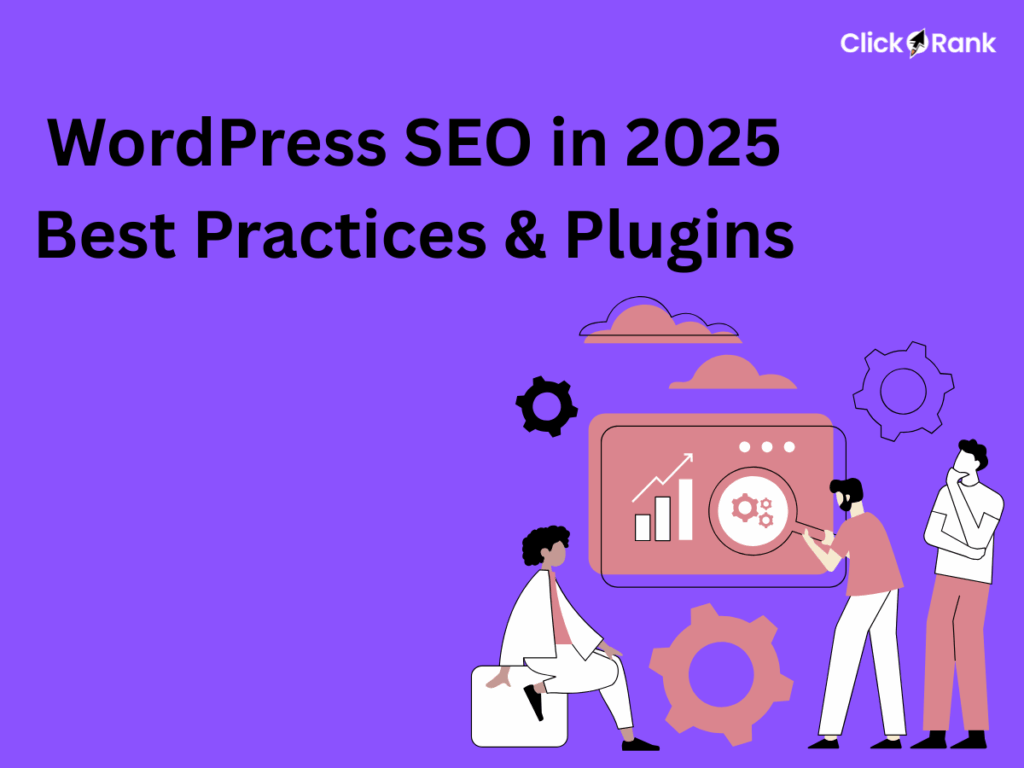You’ve put time and effort into your content, but it’s not getting the traffic it deserves. A common reason is that search engines and users can’t find it easily. A strategic internal linking approach can fix that.
Internal links can enhance user experience, boost engagement, and elevate your website’s ranking in search results. This article will show you how to automate your SEO with internal linking, turning them into strategic tools driven by relevance, user intent, and engagement.
Prepare to challenge everything you thought you knew about internal linking!
Analyze your domain's health score and fix all issues with a single click.

Do Internal Links Boost SEO?
Internal links play a key role in improving your website’s ranking on search engines. They enhance user experience by making navigation easier and help distribute link equity across the site, boosting the ranking potential of other pages. They also assist in search engine indexing and help establish the overall structure of the website.
As Brian Dean of Backlinko aptly puts it: “Think of internal links as the glue that holds your website together. They not only help search engines understand your site’s structure but also keep users engaged by guiding them to relevant content.”
Considering their importance, we will explain what internal links are and share effective strategies for building proper internal links that can improve your website’s performance.
What Are Internal Linking?
Internal links are hyperlinks that connect one web page to another within the same domain. They’re essential to a website’s structure and navigation, helping users seamlessly move between pages while enabling search engines to better understand your content.
Tweet: “Internal links: The unsung heroes of SEO. They boost rankings, improve user experience, & distribute authority. Don’t underestimate their power. #SEOtips” – @RandFish
But why should internal linking matter to you? Think of each link as rolling out the red carpet for both your visitors and Google’s bots, guiding them to discover more of your valuable content. Done right, it can make a world of difference to your website’s performance.
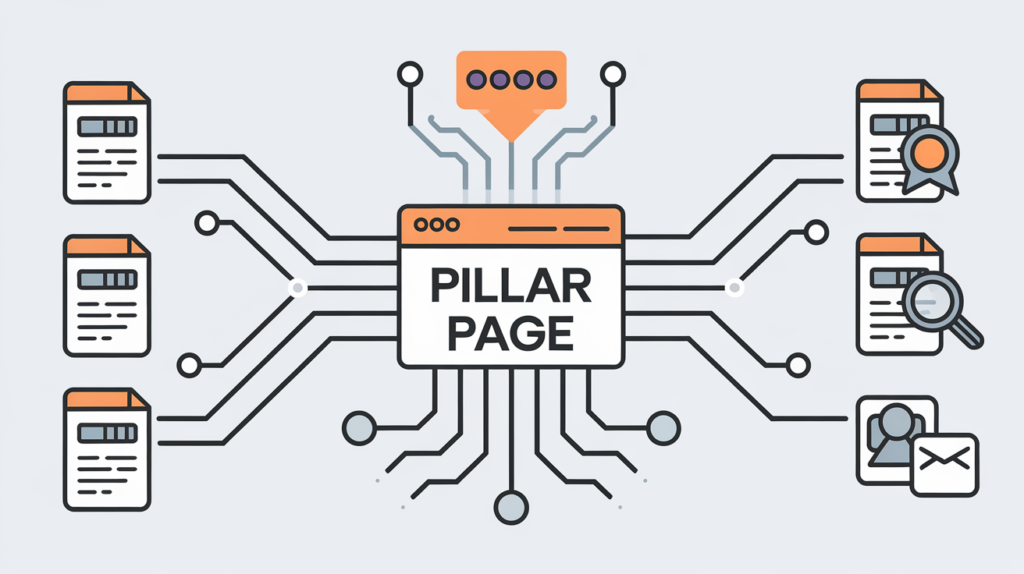
The Importance Of Internal Links For SEO
Internal links play a pivotal role in SEO for three main reasons:
Helping Search Engines Comprehend Your Site’s Structure
Strategic internal linking signals relationships between pages, helping search engines like Google understand the context and connections between different pages. This is crucial for helping search engines crawl and index your content efficiently. Google follows links to discover new pages, and by linking relevant content internally, you improve the chances of your pages being indexed properly.
Google’s John Mueller stated in a tweet:
“Internal linking is a great way to tell Google what’s important to you. So don’t just randomly link stuff, think about what makes sense for your users.”, @JohnMu
Transferring Authority Across Pages
Internal links pass authority (or PageRank) from one page to another, helping to boost the visibility of other pages on your site. Pages with more external backlinks, which indicate higher authority, can share some of that authority with linked pages. This flow of authority helps your entire website perform better in search rankings.
Improving User Navigation on Your Site
Internal links enhance user experience by guiding visitors to relevant content across your site. By linking related articles, product pages, or services, you encourage visitors to explore more, which can lead to longer site visits, increased engagement, and conversions. A smooth navigation experience ensures that users can find what they’re looking for, increasing the likelihood of completing your desired actions (such as purchases or sign-ups). Resource: search engine journal
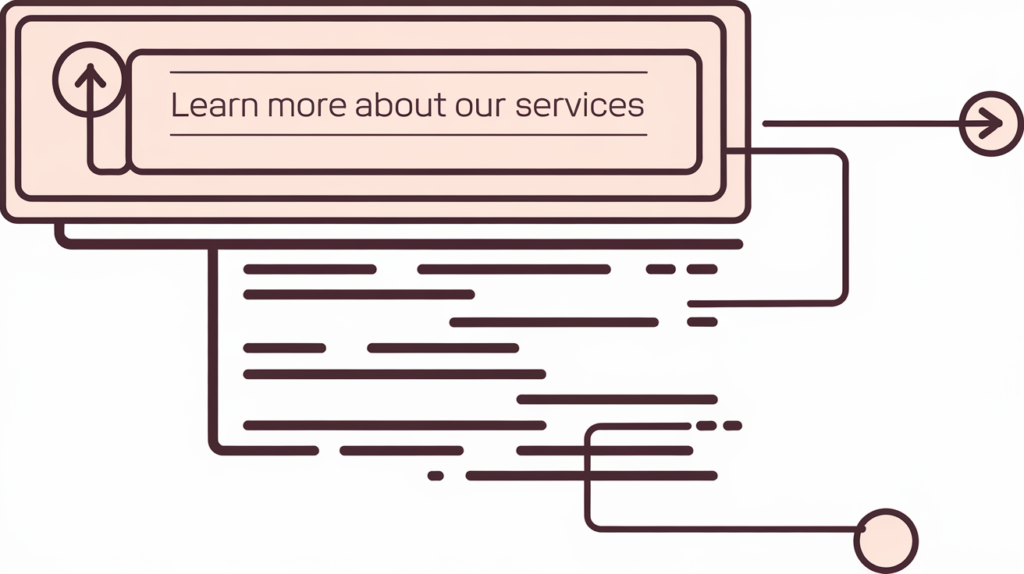
What Are Types of Internal Links?
Internal links can be categorized into two main types: Contextual Links and Structural Links. They each have a unique role in your site’s navigation, user experience, and SEO.
Contextual Links
Contextual links are placed within the body of a webpage and are directly related to the surrounding text. These links lead to additional information or resources that expand on the topic being discussed. Typically, they direct users to related articles or other relevant content on the same site.
Contextual links improve the reading experience by offering further reading opportunities without disrupting the user’s flow. From an SEO standpoint, they are valuable because they help search engines assess the relevance and depth of your website’s content.

Structural Links
Structural links are part of a website’s overall design and navigation framework. These links are found in elements that appear consistently across various pages, such as menus, sidebars, and footers.
From a user experience standpoint, structural links guide visitors through the site, connecting main categories, subcategories, and important landing pages. They create a navigational framework that helps users easily find what they are looking for.
For SEO, structural links are crucial for defining content hierarchy and priorities. They signal to search engines which pages are most significant and how they are interconnected.
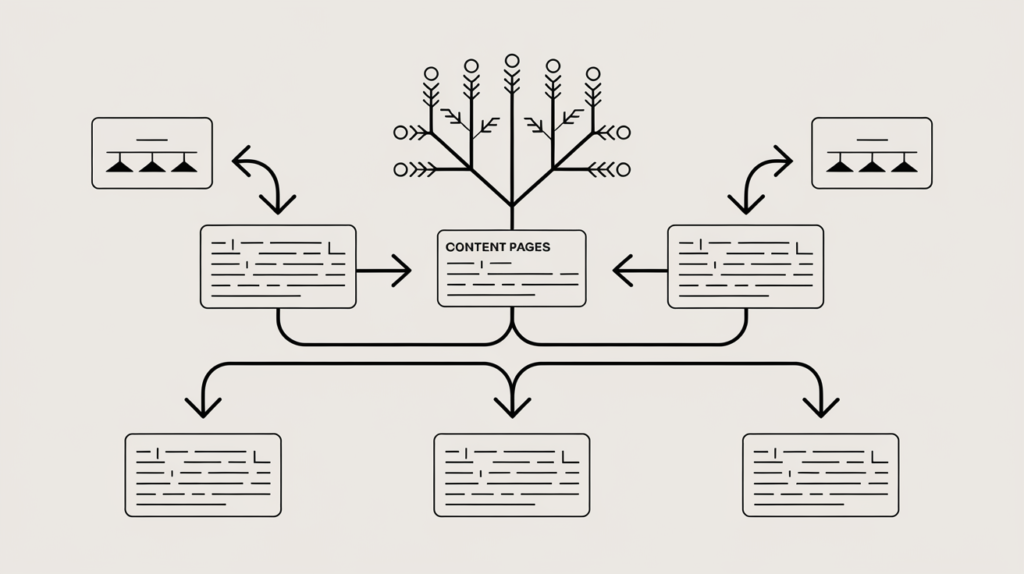
How To Build Smart Internal Linking
Building smart internal links for SEO involves creating a strategic structure that improves user experience, enhances content discoverability, and helps search engines better understand your site’s hierarchy. Here are the key steps to follow when building internal links for SEO.
Identify Your Site’s Core Pillar Pages
Begin by identifying pillar pages, which are central, comprehensive pages on broad topics that link to more specific, related content. These pages serve as the foundation for your site’s architecture, helping organize content around key themes. Pillar pages typically target broad, high-search-volume keywords rather than long-tail keywords, as they are designed to be entry points to a larger topic.
Create Topic Clusters
Once you’ve identified your pillar pages, create topic clusters around them. A topic cluster is a group of related content focused on a specific aspect of your pillar topic. Think of the pillar page as the main subject and the clusters as supporting topics that dive deeper into the specifics. By connecting these clusters to your pillar page through internal links, you create a strong SEO structure that boosts both user experience and search engine understanding.
Select Effective and Relevant Anchor Text
Anchor text is the clickable text in a hyperlink, and it’s essential to use descriptive, clear, and relevant text for internal links. The right anchor text helps users and search engines understand the target page’s content before they click.
Here are some best practices for creating SEO-friendly anchor text:
- Keep it concise, ideally five words or fewer.
- Avoid vague terms like “click here” and ensure the anchor text clearly describes the linked page’s topic.
- Focus on providing context rather than forcing keywords.
Identify Your Site’s Authority Pages
Authority pages have high-quality backlinks, which signal to search engines that they are valuable. The more backlinks a page has, the more authority it carries, and this authority can be passed to other pages via internal links. Strategically use these pages to pass authority to other relevant pages on your site, improving their chances of ranking.
Support Your New Pages
A solid internal linking strategy is especially crucial for new pages that haven’t yet earned many backlinks. For these pages, identify opportunities to link from existing content that’s already ranking well. Once you’ve compiled a list of relevant pages, incorporate internal links from each of them to your new page. This helps establish the page’s importance and encourages search engines to crawl and rank it more effectively
Build Smart Internal Links with Just One Click
The ClickRank platform is a solution designed to help you create and manage your internal linking strategies. By analyzing your website’s structure and finding opportunities for effective internal links, it makes the process of improving your site’s SEO faster.
Here are some features of the platform that help with internal linking:
- Automatic Link Suggestions: ClickRank automatically suggests relevant internal links based on your content. This helps you build a strong internal linking structure without needing a developer.
- Comprehensive Content Analysis: The platform analyzes your content to find gaps in your internal linking. This allows you to link underperforming pages with more authoritative ones.
- Keyword Optimization: It helps you optimize your anchor text. This ensures your internal links are SEO-friendly and improve keyword targeting for better search engine rankings.
- Performance Tracking: The tool tracks the performance of your internal links over time. This helps you evaluate which links are driving traffic and engagement.
- Visual Link Mapping: It offers a visual representation of your internal linking structure. This makes it easier to spot areas for improvement and maintain an organized site architecture.
Conclusion
A strong internal linking strategy is one of the most effective ways to improve your website’s performance. By guiding users and search engines to relevant content, you can boost visibility, distribute authority, and enhance the overall user experience.
Tools like the ClickRank platform make this process faster and easier by automating the manual work. If you’re looking to streamline your internal linking and focus on what drives growth, our solution can help you identify and apply the right fixes in seconds.

FAQ
How Many Internal Links Should I Include On A Page?
There’s no strict limit, but quality matters more than quantity. Include internal links naturally and focus on relevance. Too many links can overwhelm users and dilute link equity.
How Do Internal Links Help Distribute Authority?
Pages with high-quality backlinks have authority that can be passed to other pages through internal links. This process, often referred to as passing “link juice,” can improve the ranking potential of less authoritative pages.
What Tools Can I Use To Optimize Internal Linking?
Tools like ClickRank, Ahrefs, and SEMRush can analyze your site’s link structure, suggest opportunities for internal linking, and help improve your overall SEO strategy.
How Often Should I Update My Internal Links?
It’s a good practice to review and update your internal links periodically, especially when adding new content or updating old pages. Regular audits ensure your links remain relevant and effective.
Can Internal Linking Improve User Engagement?
Yes, internal links guide users to additional content that matches their interests, increasing the likelihood of longer sessions and higher engagement. This can lead to better conversion rates.
